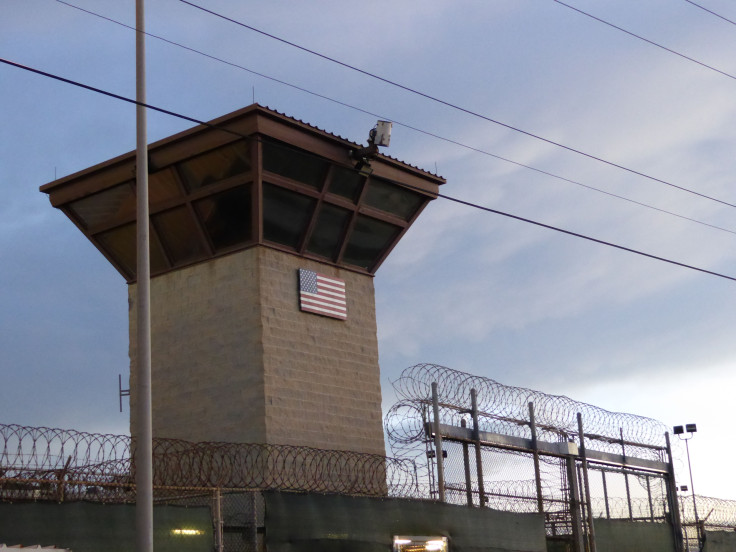
The Trump administration has officially started the process of transporting migrants to the Guantánamo Bay Naval Base in Cuba, White House press secretary Karoline Leavitt said on Tuesday. "Today, the first flights from the United States to Guantánamo Bay with illegal migrants are underway," Leavitt said on Fox Business.
"President Trump, Pete Hegseth and Kristi Noem are already delivering on this promise to utilize that capacity at Guantanamo for illegal criminals who have broken our nation's immigration laws and have further committed heinous crimes against lawful American citizens," she added.
White House Press Secretary Karoline Leavitt: “The first flights from the United States to Guantanamo Bay with illegal migrants are underway.”
— America (@america) February 4, 2025
pic.twitter.com/o4oorn2aa5
Trump signed last week an executive order instructing the Departments of Defense and Homeland Security to repurpose the naval base to hold migrants, focusing on individuals with criminal records.
"We have 30,000 beds to detain the worst criminal illegal aliens threatening the American people," Trump said.
The Guantanamo facility has historically housed a small number of asylum seekers, primarily Cubans and Haitians intercepted at sea, in a separate section known as the Migrant Operations Center. However, the administration has begun constructing additional tent facilities to accommodate the anticipated influx of detainees.
Defense Secretary Pete Hegseth defended the move on Monday during a visit to the Southern border, calling Guantanamo Bay "the perfect place" for detaining migrants, including alleged members of Venezuelan-born gang Tren de Aragua, according to CBS News. "Where are you going to put Tren de Aragua before you send them all the way back? How about a maximum security prison at Guantanamo Bay, where we have the space," Hegseth stated.
Documents from the Department of Homeland Security and the Navy indicate that the current detention capacity at Guantanamo is significantly lower than the president's stated goal. A 2021 report put the facility's capacity at 400, while an independent Switzerland-based organization estimated it at just 130 based on older records from a private prison contractor.
A New York Times investigation found that between 2020 and 2023, the facility housed only 37 migrants, with family detentions remaining in the single digits over the past decade.
Marines and soldiers have started arriving in Guantanamo Bayto begin setting up the facilities. The New York Times reported that the first wave of Marines arrived on February 1 from Camp Lejeune, North Carolina, with 50 more Marines arriving the following day.
The outlet added that the military declined to comment on its current capacity to receive migrants, while the Southern Command, which has oversight of the troops assigned to Guantanamo and the migration plan, did not say who is in charge of the operation.
The plan showed six designated tent camps for more than 11,000 migrants, with the largest of being able to house more than 3,000 people at once.
Immigration advocates and human rights organizations have condemned the expansion of Guantanamo's detention facilities. Stacy Suh, program director for Detention Watch Network, described the move as an effort to cast migrants as a security threat in "a site of horrific abuse and torture that should have been shut down a long time ago."
The Center for Constitutional Rights (CCR) also issued a strong statement against the plan. Executive Director Vince Warren said, "The order sends a clear message: migrants and asylum seekers are being cast as the new terrorist threat, deserving to be discarded in an island prison, removed from legal and social services and supports."
© 2025 Latin Times. All rights reserved. Do not reproduce without permission.






